Gardening: Pollinators need more than blooms to thrive

Besides flowers for nectar and pollen, pollinator and beneficial insects need water, shelter from predators and nesting sites.
Water sources for insects need to be shallow with slightly sloped edges so they can sit at the edge and drink. A gently sloped bird bath can double as an insect drinking spot. If the bird bath is a little too deep, float a thin, flat piece of wood in it or add some flat rocks that make it easy for the insects to land and still reach the water.
Catch the water from a drippy faucet or a leaky irrigation pipe in a depression scooped out of the soil and lined with a piece of plastic. Muddy places resulting from leaks and overflows will draw butterflies in; they will drink from the tiny pools and rest on the cool ground. In my garden, an irrigation line sprung a slow leak last summer. After I found bees drinking out of the pool of water, I decided the leak was serving a good purpose and left it.
While flower gardens provide nectar and pollen, the wild and unkempt areas around your garden you never seem to get a chance to clean out will provide shelter from the elements, safety from predators, overwintering places, and places for mating and egg laying.
While honeybees have formal hives to protect the colony, most other insects are solitary nesters and foragers who use leaves to keep off the sun and the rain, the ground to overwinter or empty plant stalks to lay eggs.
Mason bees look for small, deep holes in dead wood, hollow plant stalks or old insect nests to lay their eggs. Many of our solitary native bees, like bumble bees and alkali bees, nest in the ground or old insect or mouse nests, so it is important to leave bare patches of dirt and unmown areas as nesting places.
Pat Munts is the co-author, with Susan Mulvihill, of “Northwest Gardener’s Handbook.” Munts can be reached at pat@inland nwgardening.com.